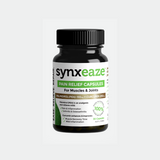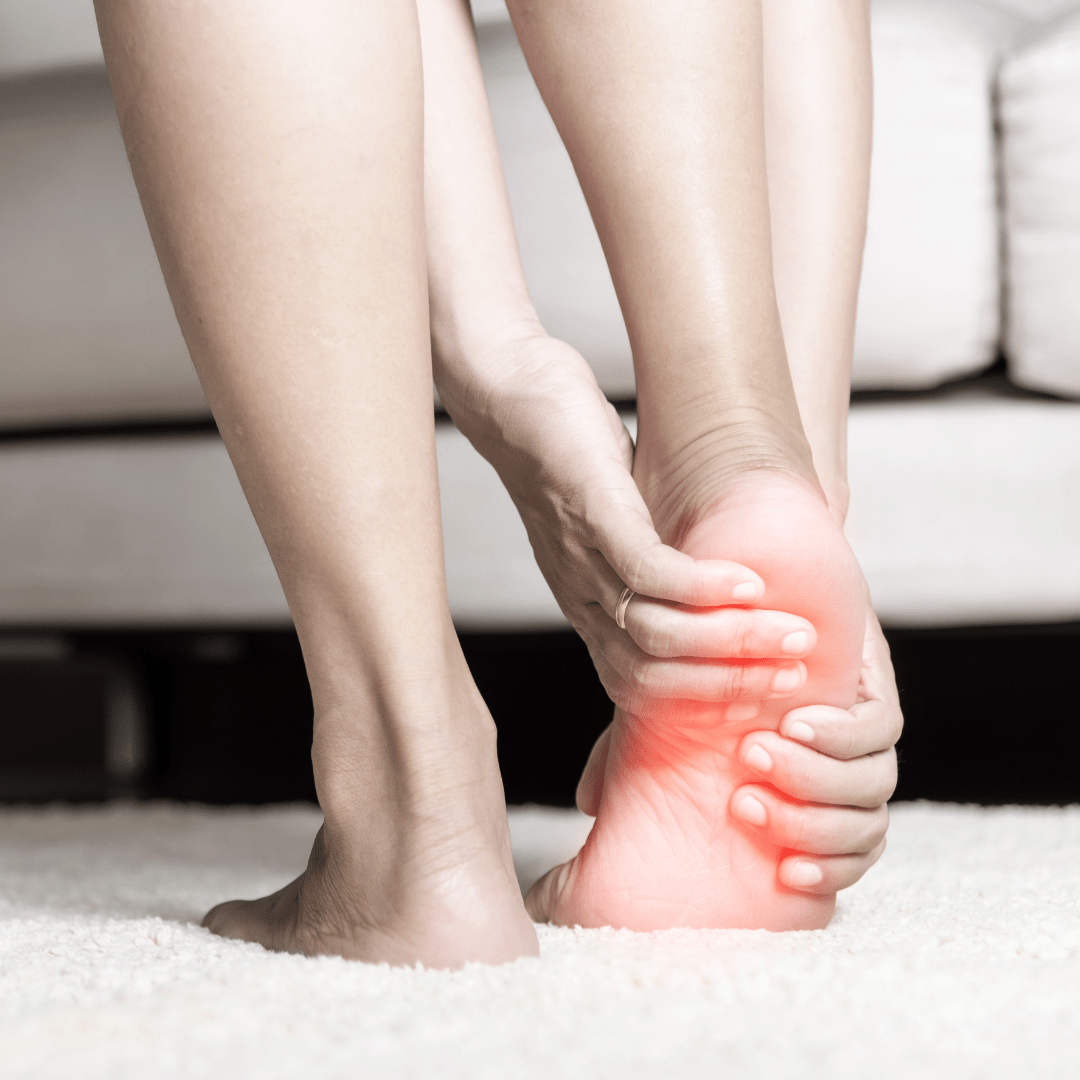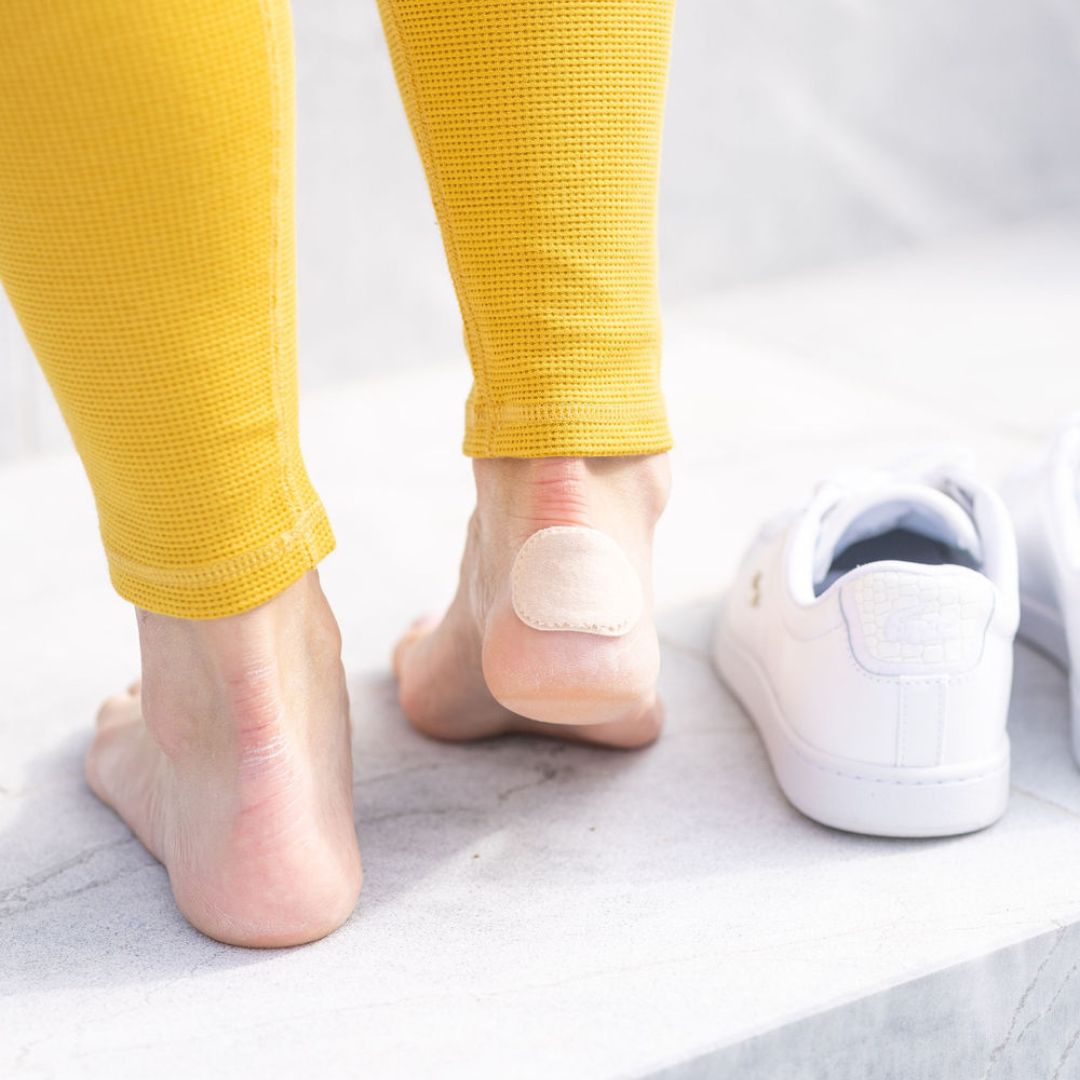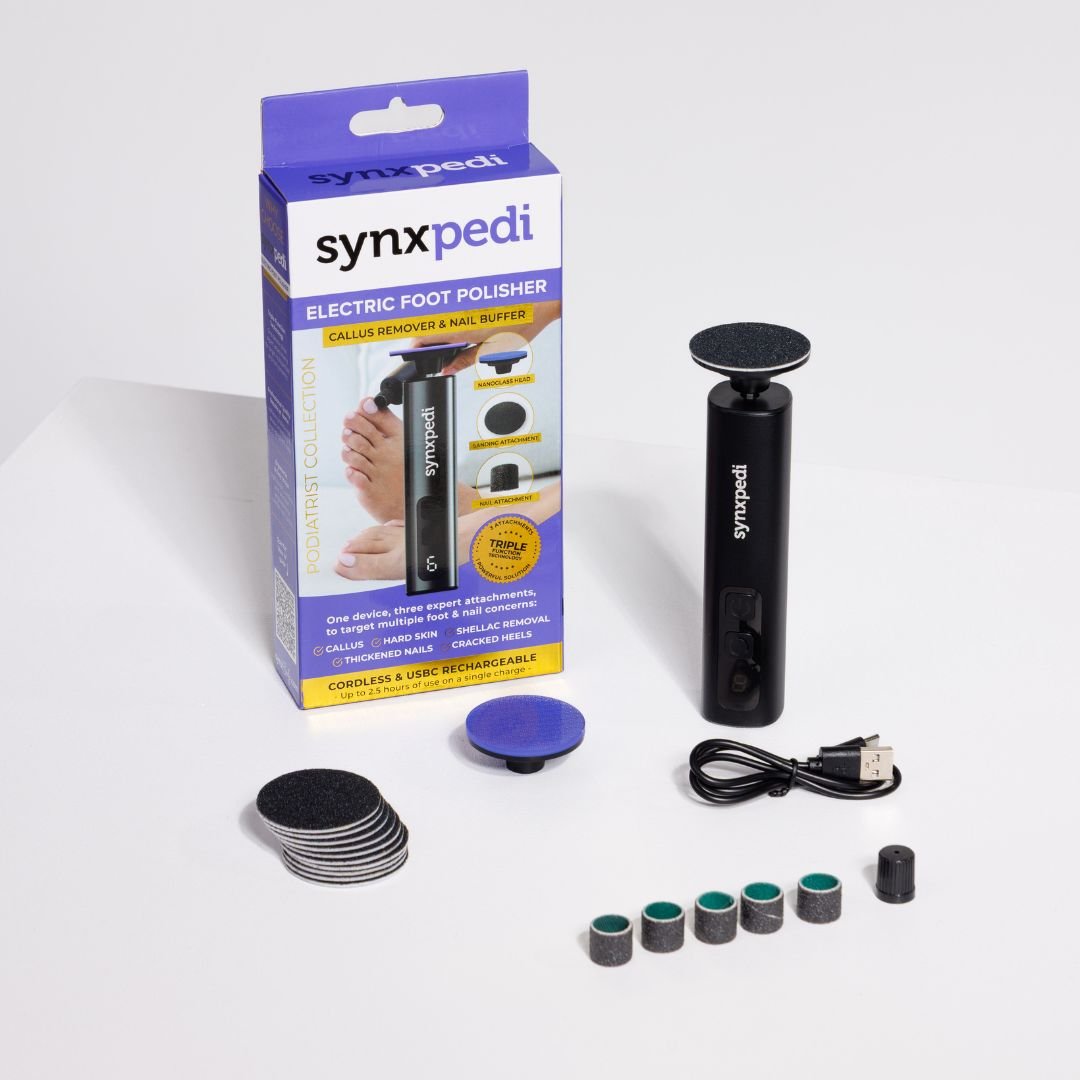Discover Effective Non-Invasive Therapies for Sciatica Pain Relief
Sciatica: It can truly be a pain in the butt! If you're struggling with this debilitating condition, you know how challenging it can be. In this informative article, we explore the ins and outs of sciatica and provide insights into non-invasive therapies that can effectively heal and alleviate this condition. From natural remedies to targeted treatments, we uncover the best approaches to find relief from sciatic nerve pain. Don't let sciatica hold you back - learn how to manage and overcome it with proven techniques and therapies. Say goodbye to sciatica and hello to a pain-free life!
 Understanding Sciatica: Causes, Symptoms, and Treatment Options
Understanding Sciatica: Causes, Symptoms, and Treatment Options
The sciatic nerve, the body's largest and longest nerve, originates from the lower spine and extends down through the hip, buttocks, and leg. When this nerve is compressed or irritated in the lower back or buttocks, it can lead to a range of unpleasant symptoms, including pain, tingling, numbness, and even muscle weakness in the leg. This collection of uncomfortable and sometimes intolerable symptoms is commonly known as "Sciatica." In this comprehensive guide, we explore the causes, symptoms, and various treatment options available to alleviate and manage sciatic nerve pain. Discover effective strategies to find relief and regain your comfort and mobility.

Common Causes of Sciatica: Understanding the Factors
Sciatica can be caused by various factors, including:- Herniated Disc: A bulging intervertebral disc that cushions the vertebrae.
- Bony Growths (Osteophytes): Bone spurs or growths that develop on the edge of joints, leading to pain when they rub against nearby bones or nerves.
- Piriformis Syndrome or Gluteal Spasm: Muscle spasms in the piriformis or gluteal (buttock) muscles, resulting in tightness and swelling that increase pressure on the sciatic nerve.
- Lumbar Stenosis: Narrowing of the lumbar spinal canal, causing increased pressure on the sciatic nerve.
- Spondylolisthesis: A condition where one vertebra slips forward over another.
- Pregnancy: The changes in the body during pregnancy can put pressure on the sciatic nerve, leading to sciatica symptoms.
Understanding these underlying causes is essential in diagnosing and effectively treating sciatic nerve pain. Learn more about the specific causes and find appropriate strategies to manage and alleviate sciatica symptoms for improved quality of life.
Relieve Sciatica Pain: Effective Treatment Options Explored
When it comes to sciatica pain, there are several effective treatment options worth considering:- Acupuncture & Dry Needling: Targeting the piriformis or gluteal muscles, acupuncture and dry needling apply pressure to trigger points, releasing tension and reducing pressure on the sciatic nerve.
- Hip Mobilisation: Skilled professionals like Physiotherapists, Chiropractors, and Podiatrists trained in hip mobilisation can gently guide the pelvis into an optimal position, alleviating pressure on the sciatic nerve.
- Taping: Using products like Rocktape, taping techniques can reduce strain on surrounding muscles, providing pain relief associated with sciatica. Rocktape is convenient, allowing for showering and extended wear.
- Orthotic Therapy: Improving postural alignment and addressing leg length differences, orthotics like Synxsole (recommended by the Australasian Podiatry Council) offer a safe and effective solution for sciatic pain recovery.
- Heat Therapy: Heat packs and topical heat rubs, such as tiger balm, provide soothing relief by relaxing spasmed muscles and instantly alleviating pain.
- Surgery: In severe cases where pressure on the sciatic nerve persists, surgical intervention may be necessary.
Don't endure the pain of sciatica alone. Discover the range of products mentioned above and explore effective ways to relieve sciatic pain. Visit http://www.synxsole.com for more information.
 |
 |
 |






